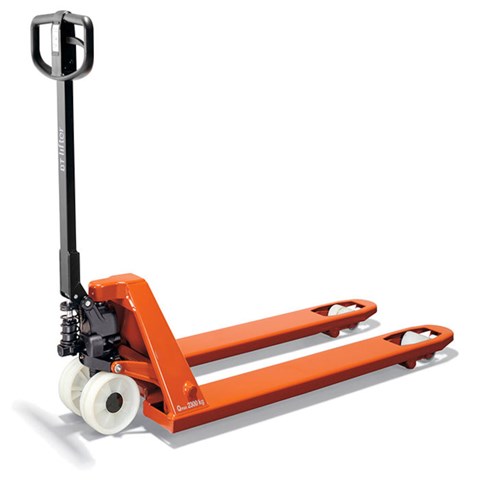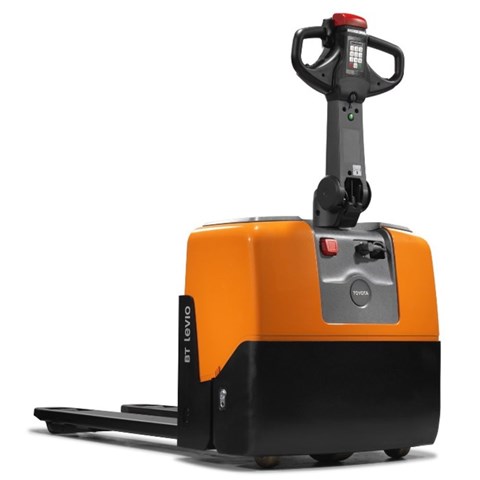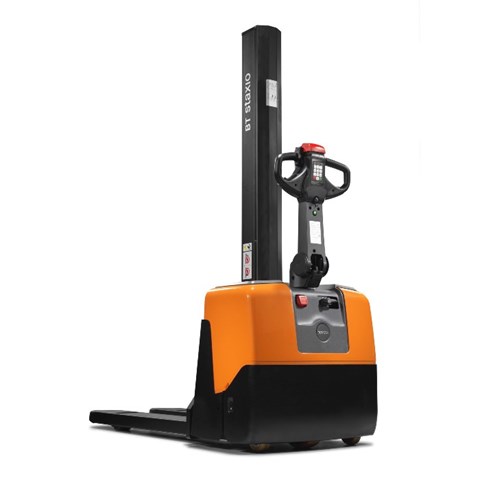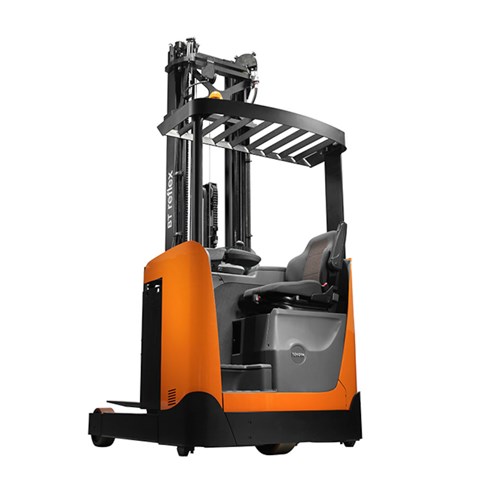8 factors to consider when buying a truck
Your checklist
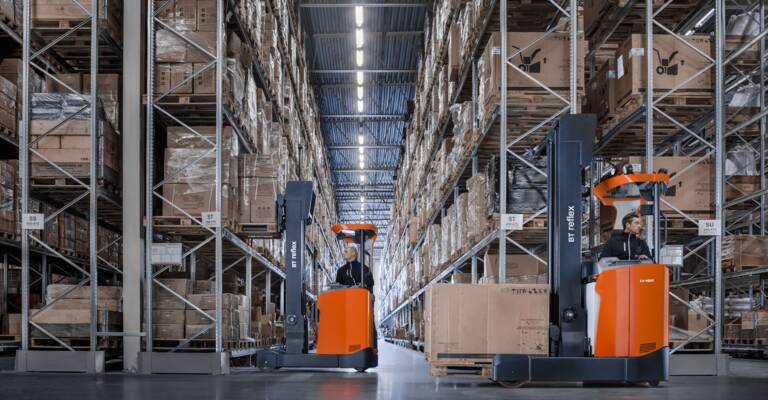
What type of goods that you are handling?
A good starting point is to look at what type of goods that you are handling. Make sure to analyse the following:
1. Goods: which type of material are you handling? Take into account their weight and size, as this is a significant aspect that determines the type of truck. Do you work with one type of pallet size, or is there a variation in size which requires flexibility? Are the loads small individual items or bulky pallets?
2. Storage: how are your goods distributed throughout the warehouse? FIFO (first in, first out) processes have different requirements than LIFO (last in, first out), for example.
3. Stacking: is that possible with your type of goods? Think about whether your goods allow for the pallets to be stacked on top of each other and/or in racking, or if you simply need to transport the goods horizontally.
4. Racking: what are the dimensions? Measure not only the height, but also the depth of your racking or shelves. This way you know how high your forklift needs to lift to reach the highest level of the rack.

What is the design of your warehouse?
Do your operations take place indoors or outdoors? If you need trucks to be driving outdoors you also need to make sure that they are fit to work in different weather conditions. Lets look at the design of your warehouse.
5. Ceilings: How high can you raise a mast? Not just the height of the ceiling matters, but especially elements that are located lower, such as sprinklers and pipes. Always make sure to measure and take the lowest ceiling height into account.
6. Ports & doors: how high and wide are they? Measure them in both ways to guarantee the trucks you end up selecting can easily pass through, without damaging the chassis or warehouse infrastructure.
7. Aisles: Measure the width and length of all the pathways. Also check the material and condition of the floor. What is it made of and can it take to the loading? Is it smooth and are there any slopes?
8. Distance: do you need to drive long distances with your goods? Or do you simply need equipment to execute a simple movement of the material? Take into account the driving distance and frequency.
Now you have a few ideas what to look for. Read more about our differnet truck models and compare the different trucks.

